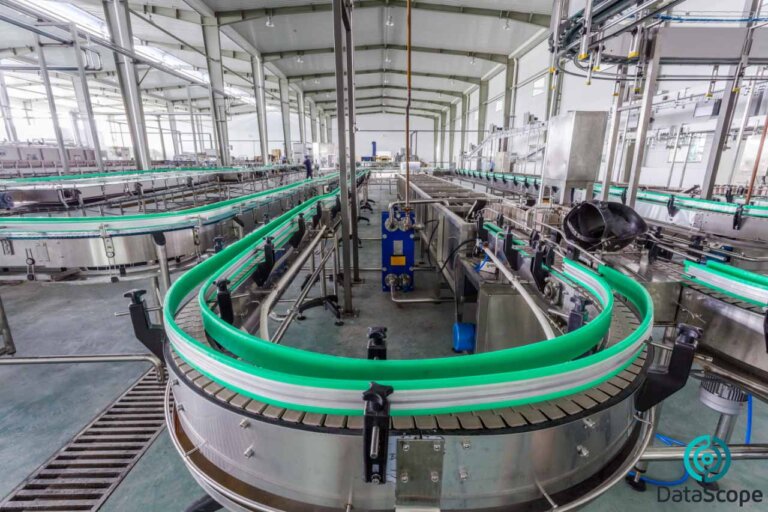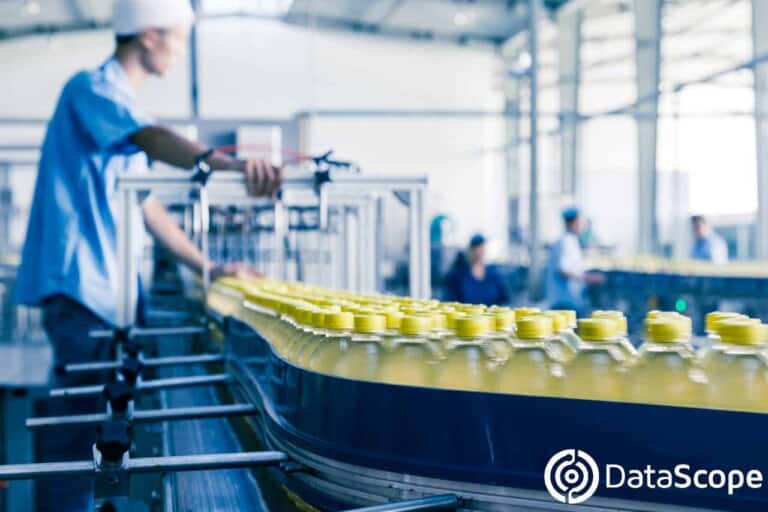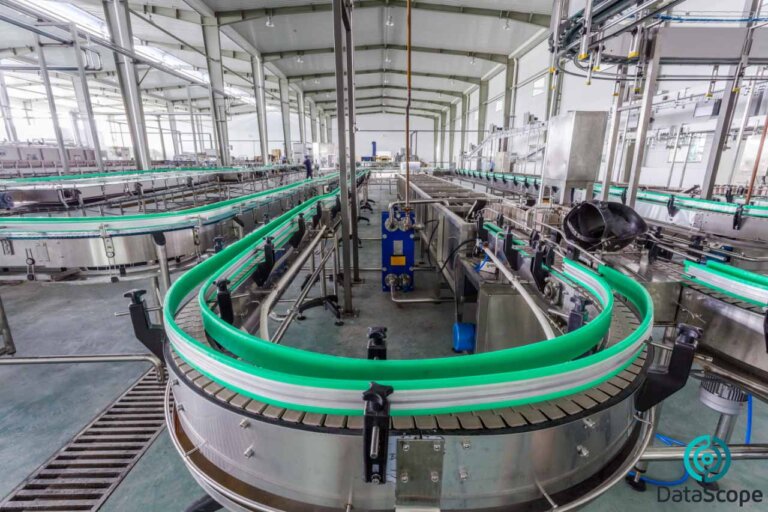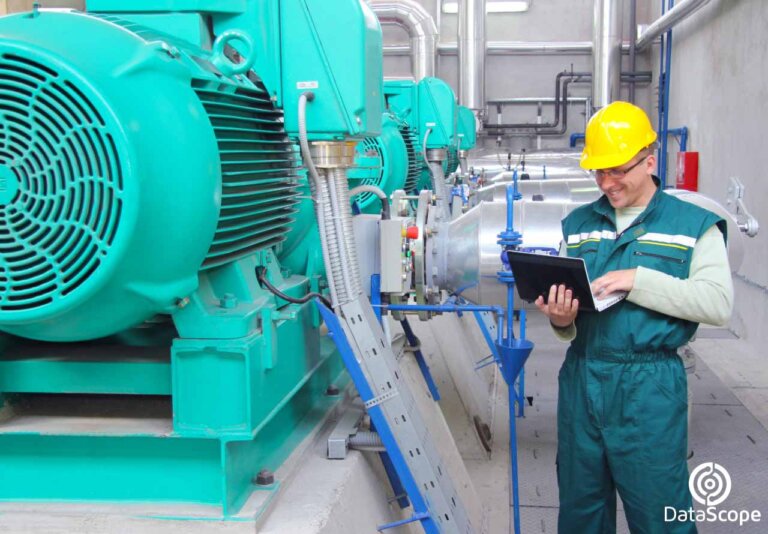Crossed-contamination of pathogens in food is one of the most serious scourges for human health. For this reason, companies around the world must implement stricter hygiene controls throughout the entire production and logistics chain, preferably opting for digital systems that optimize risk analysis, control and prevention procedures.
The food industry is one of the most strategic human activities for the welfare and development of society. A characteristic that in the current scenario of climatic stress and sociopolitical instability acquires even greater importance.
Therefore, each of the companies that operate in this area must take care to apply strict control and security processes in their production processes. Especially during the phases of handling supplies, ingredients and final products, since any carelessness or poor hygienic handling generates a high risk of crossed-contamination of food.
This critical situation can not only seriously damage the company’s reputation, but also have very negative consequences for consumers health.
Associated hazards
As we have seen before, crossed-contamination is one of the most severe problems for the food industry, since it involves the latent danger of infection caused by several microorganisms, as well as the certain possibility of transmitting diseases between various products, directly or indirectly.
This is generally caused by poor hygiene measures throughout the production and/or logistics chain, as well as carelessness in personal care, or by direct contact with contaminated surfaces outside the plant (such as vehicles that transport food, supermarket replenishment channels and convenience store shelves, among other factors).
In fact, even if some companies adopt demanding hygiene measures in their equipment, only the negligence of one single operator is enough to contaminate food supply with microorganisms that easily put at risk the entire safety chain.
As a consequence, the industry must live with a high risk of crossed-contamination where highly dangerous pathogens coexist, such as listeria monocytogenes, escherichia coli and campylobacter.
All these bacteria cause severe Foodborne Diseases, which, according to statistics from the World Health Organization, afflict more than 600 million people around the world every year, and cause the death of more than 420 thousand of them, of which 140 thousand are children.
Therefore, it is necessary for food companies to adopt stricter prevention measures and definitively eliminate these risks. Otherwise, the entire food safety chain can be affected, putting consumers at risk of ingesting potentially harmful and deadly products.
Types of crossed-contamination
The main sources of crossed-contamination are environmental contaminants, as well as the lack of disinfection and cleaning of equipment, of the instruments used and of the personnel who handle them.
According to its origin or the factors that can cause it, we can classify crossed-contamination as direct and indirect.
Direct crossed-contamination occurs when two or more foods come into contact, by mixing their surfaces or the liquids they give off. One of the most common cases is when cooked foods come into contact with pieces of raw meat, or with the exudates that they give off.
Although it is very common in the home, it can also occur in industrial warehouses, supermarkets, convenience stores and restaurants, mainly due to poor handling by the personnel in charge.
Indirect crossed-contamination, meanwhile, occurs when the material used, such as utensils, rags or surfaces of machinery, tools and transport or production belts, is contaminated and comes into contact with food that is not.
It can also be produced through the manipulator’s hands. A common case is the use of unclean cutting boards, especially if raw meat and other potentially contaminated foods have been processed beforehand. In the case of the food industry, this type of contamination can occur in production lines that are not cleaned efficiently.
How to face crossed-contamination risk
The best strategy to mitigate the effects of crossed-contamination is to apply strict hygiene measures, as well as demanding quality controls that guarantee food safety and innocuousness.
For this, it is advisable to use state-of-the-art electronic support systems. For example, digital checklist applications that allow real-time review and control of food production and handling lines, in accordance with parameters previously defined from the respective Hazard Analysis and Critical Control Points System (HACCP).
By using this digital tools, the food company will have a modern and efficient verification system, which will reduce human error rates and will also have the ability to update periodically. These applications are very useful to control aspects such as hygiene of technical and human teams, cleaning and disinfection of facilities, sanitization of common spaces, and maintenance of machinery, warehouses, and distribution areas.
What prevention measures should we apply
Once we define the monitoring and analysis system for hygiene and safety conditions, it is convenient to design the respective preventive work guideline. In the opinion of international experts, this should include the following points:
- Strictly apply the HACCP system, analyzing the entire production process and establishing product traceability. This includes exhaustive knowledge of the entire manufacturing process, as well as food and operator flows; waste treatment; and organization of the logistics chain. These protocols allow companies to segment the production and logistics process, based on risk, helping to implement physical barriers against crossed-contamination, based on the classification of the different foods and raw materials used throughout the process.
- Appropriate training of company personnel. It is essential to educate them constantly in the practice of personal hygiene habits (hand washing, shoe disinfection and waste disposal). The employer should also inculcate to his workers the obligation to use appropriate clothing at all times to handle food (gowns, gloves, masks, goggles and hats) and to avoid the introduction of elements that could come off and contaminate the production lines (staples and hair clips, among others).
- Review the cleaning and disinfection protocols of the machinery, to check the good condition of all the products used to preserve its hygiene. In addition, compliance with exhaustive protocols must be established and verified for each line or area within the facilities.
- Use digital tools to control the production process, especially the critical points. These will allow us better control of microbiological, chemical parameters and other potential contaminants.
- Establish a network of detectors for foreign bodies, metals or polluting elements, and periodically verify their correct condition and operation.
- Practice constant hazard analysis, verifying both the company’s way of working and the respective scientific-technical data.
- Properly select input suppliers, based on hygiene and food quality criteria.
- Maintain high levels of hygiene and quality in the reception and storage of raw materials and packaging.
- Separate the various stages of the production process based on their risk, both through physical barriers and through the definition of work and control practices, appropriate to the risk of each phase.
- Define the main flows of products, people, auxiliary materials and waste, considering the hygienic risks associated with each of them. This helps avoid “productive setbacks”, that is, processed products going back through raw material areas or areas with a higher level of health risk.
- Guarantee traceability throughout the entire production process, clearly identifying the use or destination of the ingredients, raw materials, intermediate products and final products, as appropriate.
- Practice a hygienic design of facilities and equipment, guaranteeing the absence of points where debris accumulates (which could be a source of contamination itself), and facilitating its cleaning.
- Provide all staff, technical, professional and managerial, constant and ongoing training in hygiene and HACCP.
Download the DataScope app and start now!
DataScope is the ideal tool to eliminate paper use, save time, and efficiently collect data from the field. It allows companies to streamline, organize and evaluate field work thanks to its online forms, which provide indicators in real time, 100% adaptable to any area.
With DataScope, your team can answer custom mobile forms from their phones or tablets, online or offline, through the app.







